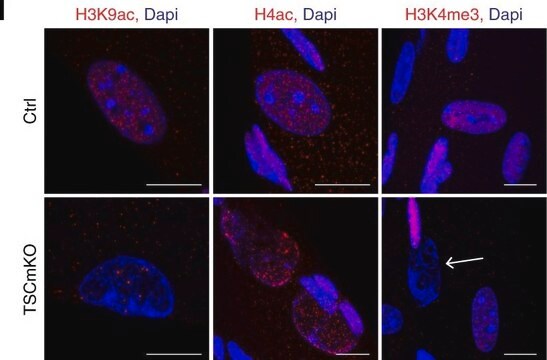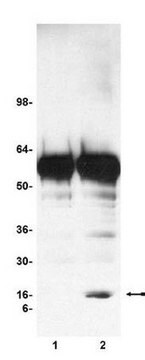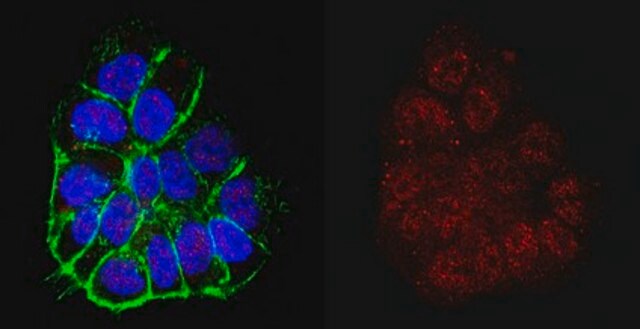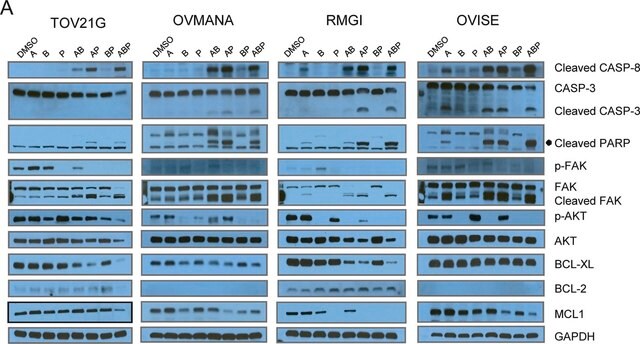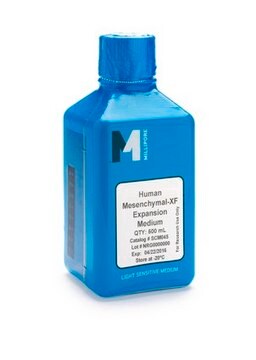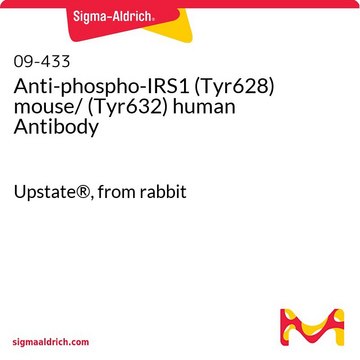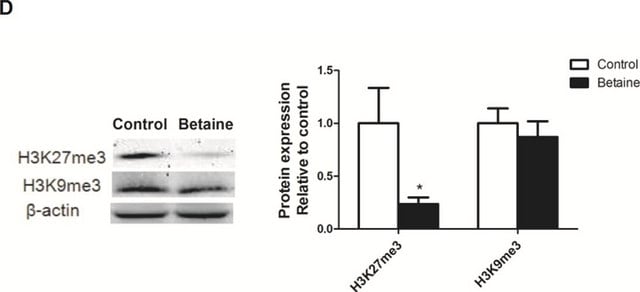17-229
Acetyl-Histone H4 Immunoprecipitation (ChIP) Assay Kit
Acetyl-Histone H4 Immunoprecipitation (ChIP) Assay Kit used to immunoprecipitate transcriptionally active chromatin from mammalian cells using anti-Acetyl-Histone H4, ChIP grade rabbit antiserum.
Iniciar sesiónpara Ver la Fijación de precios por contrato y de la organización
About This Item
UNSPSC Code:
12161503
eCl@ss:
32161000
NACRES:
NA.52
Productos recomendados
Quality Level
manufacturer/tradename
Upstate®
technique(s)
immunoprecipitation (IP): suitable
NCBI accession no.
UniProt accession no.
shipped in
dry ice
General description
For use to immunoprecipitate transcriptionally active chromatin from mammalian cells using anti-Acetyl-Histone H4, ChIP grade rabbit antiserum. Detection of the gene or promoter of interest in immunoprecipitated chromatin must be empirically determined by the researcher using quantitative PCR or Southern slot-blot analysis, using promotor specific primers or probe.
Application
Acetyl-Histone H4 Immunoprecipitation (ChIP) Assay Kit used to immunoprecipitate transcriptionally active chromatin from mammalian cells using anti-Acetyl-Histone H4, ChIP grade rabbit antiserum.
Packaging
Kit capacity: 22 assays
Components
Anti-acetyl-Histone H4 (Cat.# 06-866)
Protein A agarose/Salmon Sperm DNA (Cat.# 16-157)
All necessary buffers
Protein A agarose/Salmon Sperm DNA (Cat.# 16-157)
All necessary buffers
Legal Information
UPSTATE is a registered trademark of Merck KGaA, Darmstadt, Germany
Disclaimer
Unless otherwise stated in our catalog or other company documentation accompanying the product(s), our products are intended for research use only and are not to be used for any other purpose, which includes but is not limited to, unauthorized commercial uses, in vitro diagnostic uses, ex vivo or in vivo therapeutic uses or any type of consumption or application to humans or animals.
signalword
Warning
hcodes
Hazard Classifications
Aquatic Chronic 3 - Eye Irrit. 2
Storage Class
10 - Combustible liquids
Certificados de análisis (COA)
Busque Certificados de análisis (COA) introduciendo el número de lote del producto. Los números de lote se encuentran en la etiqueta del producto después de las palabras «Lot» o «Batch»
¿Ya tiene este producto?
Encuentre la documentación para los productos que ha comprado recientemente en la Biblioteca de documentos.
Guocheng He et al.
Molecular and cellular biology, 22(9), 2965-2973 (2002-04-10)
Repression of human immunodeficiency virus type 1 (HIV-1) transcription may contribute to the establishment or maintenance of proviral quiescence in infected CD4(+) cells. The host factors YY1 and LSF cooperatively recruit histone deacetylase 1 (HDAC1) to the HIV-1 long terminal
Hui Liu et al.
Blood, 104(8), 2505-2513 (2004-07-01)
Cyclin D1 expression is deregulated by chromosome translocation in mantle cell lymphoma and a subset of multiple myeloma. The molecular mechanisms involved in long-distance gene deregulation remain obscure, although changes in acetylated histones and methylated CpG dinucleotides may be important.
Shaojing Chang et al.
Journal of immunology (Baltimore, Md. : 1950), 181(12), 8372-8381 (2008-12-04)
Forming and removing epigenetic histone marks at gene loci are central processes in differentiation. Here, we explored mechanisms establishing long-range H4 acetylation marks at the Ifng locus during Th1 lineage commitment. In Th0 cells, histone deacetylase (HDAC)-Sin3A complexes recruited to
Lata Balakrishnan et al.
Journal of molecular biology, 365(1), 18-30 (2006-10-24)
SV40 chromosomes undergoing transcription operationally defined by the presence of RNA polymerase II (RNAPII) were immune-selected with antibody to RNAPII and subjected to secondary chromatin immunoprecipitation with antibodies to hyperacetylated or unacetylated H4 or H3. Immune selection fragmentation and immunoprecipitation
Melker Göransson et al.
International journal of cancer, 115(4), 556-560 (2005-02-03)
The myxoid/round cell liposarcoma oncogene FUS-DDIT3 is the result of a translocation derived gene fusion between the splicing factor FUS and DDIT3. In order to investigate the downstream targets of DDIT3, and the transforming effects of the FUS-DDIT3 fusion protein
Nuestro equipo de científicos tiene experiencia en todas las áreas de investigación: Ciencias de la vida, Ciencia de los materiales, Síntesis química, Cromatografía, Analítica y muchas otras.
Póngase en contacto con el Servicio técnico